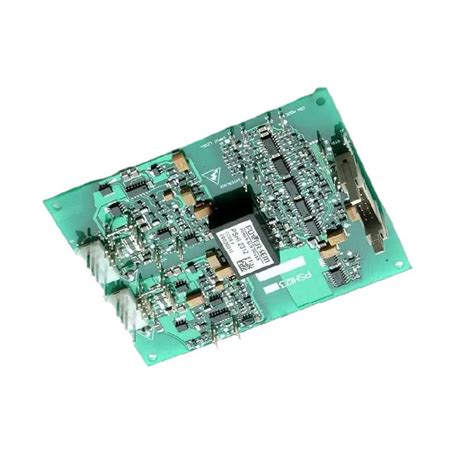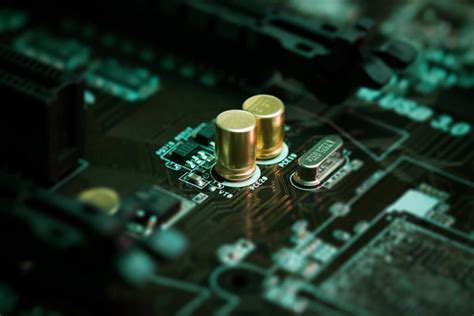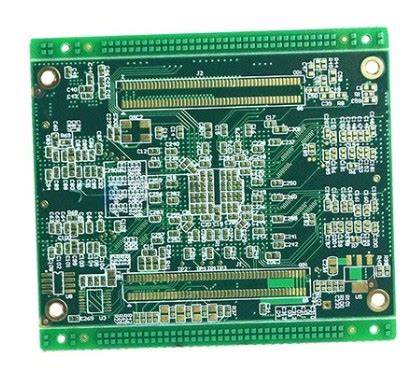Small Scale PCB Manufacturing Equipment: A Comprehensive Guide
Printed Circuit Boards (PCBs) are the backbone of modern electronics, serving as the foundation for virtually every electronic device. From smartphones to industrial machinery, PCBs enable the interconnection of electronic components, ensuring the functionality and reliability of the system. While large-scale PCB manufacturing is dominated by specialized factories with high-volume production capabilities, small-scale PCB manufacturing has gained significant traction in recent years. This is driven by the rise of startups, hobbyists, and small businesses that require rapid prototyping and low-volume production. In this article, we will explore the essential equipment required for small-scale PCB manufacturing, their functionalities, and the considerations for setting up a small-scale PCB production facility.
1. Introduction to Small-Scale PCB Manufacturing
Small-scale PCB manufacturing refers to the production of printed circuit boards in limited quantities, typically for prototyping, research and development, or niche markets. Unlike large-scale manufacturing, which involves automated processes and high-volume output, small-scale production focuses on flexibility, customization, and cost-effectiveness. This approach is ideal for businesses and individuals who need to iterate designs quickly or produce specialized PCBs without the overhead of large-scale production.
The key advantage of small-scale PCB manufacturing is the ability to produce boards in-house, reducing lead times and costs associated with outsourcing. However, this requires a basic understanding of the PCB fabrication process and the right set of equipment.
2. The PCB Manufacturing Process
Before diving into the equipment, it is essential to understand the basic steps involved in PCB manufacturing:
- Design and Layout: The process begins with designing the circuit using PCB design software (e.g., Altium Designer, KiCad, or Eagle). The design includes the placement of components, routing of traces, and generation of Gerber files.
- Printing the Design: The circuit design is transferred onto a copper-clad board using a photoresist or direct printing method.
- Etching: The unwanted copper is removed from the board, leaving only the desired circuit traces.
- Drilling: Holes are drilled into the board for through-hole components and vias.
- Plating and Soldering: The board is plated with a protective layer (e.g., solder mask), and components are soldered onto the board.
- Testing and Inspection: The finished PCB is tested for functionality and inspected for defects.
Each of these steps requires specific equipment, which we will discuss in detail.

3. Essential Equipment for Small-Scale PCB Manufacturing
3.1. PCB Design Software
While not a physical piece of equipment, PCB design software is the starting point for any PCB manufacturing process. Popular tools include:
- KiCad: An open-source tool suitable for beginners and professionals.
- Eagle: A widely used tool with a user-friendly interface.
- Altium Designer: A professional-grade tool with advanced features.
These tools allow designers to create schematics, layout the PCB, and generate Gerber files, which are used by the manufacturing equipment.
3.2. PCB Printers
PCB printers are used to transfer the circuit design onto the copper-clad board. There are two main types:
- Laser Printers: Used for printing the design onto transfer paper, which is then ironed onto the copper board.
- Direct Inkjet Printers: These printers use conductive ink to print the circuit directly onto the board.
For small-scale production, direct inkjet printers are becoming increasingly popular due to their precision and ease of use.
3.3. Etching Equipment
Etching is the process of removing unwanted copper from the board to create the circuit traces. The most common etching methods include:
- Chemical Etching: Involves immersing the board in an etching solution (e.g., ferric chloride or ammonium persulfate) to dissolve the unwanted copper.
- Plasma Etching: A more advanced method that uses plasma to remove copper, offering higher precision and less environmental impact.
For small-scale production, chemical etching is the most cost-effective option. However, proper safety measures must be taken when handling chemicals.
3.4. Drilling Machines
Drilling is necessary for creating holes for through-hole components and vias. Small-scale PCB manufacturers typically use:
- Manual Drilling Machines: Affordable and suitable for low-volume production.
- CNC Drilling Machines: Automated machines that offer higher precision and efficiency.
CNC machines are preferred for their accuracy and ability to handle complex designs.
3.5. Plating and Soldering Equipment
After etching and drilling, the board is plated with a protective layer (e.g., solder mask) to prevent oxidation and improve solderability. Soldering equipment is then used to attach components to the board. Key tools include:
- Soldering Irons: Basic tools for manual soldering.
- Reflow Ovens: Used for surface-mount technology (SMT) components, providing even heat distribution for precise soldering.
- Wave Soldering Machines: Suitable for through-hole components, these machines pass the board over a wave of molten solder.
For small-scale production, a combination of soldering irons and a reflow oven is typically sufficient.
3.6. Testing and Inspection Tools
Testing and inspection are critical to ensure the quality and functionality of the finished PCB. Essential tools include:
- Multimeters: For measuring voltage, current, and resistance.
- Oscilloscopes: For analyzing signal integrity and troubleshooting.
- Automated Optical Inspection (AOI) Systems: For detecting defects such as shorts, opens, and misaligned components.
While AOI systems are more common in large-scale production, small-scale manufacturers can rely on manual inspection and basic testing tools.

4. Considerations for Setting Up a Small-Scale PCB Manufacturing Facility
4.1. Space Requirements
Small-scale PCB manufacturing does not require a large facility, but it does need a dedicated workspace with proper ventilation, especially for chemical etching and soldering processes.
4.2. Budget
The cost of setting up a small-scale PCB manufacturing facility can vary widely depending on the equipment chosen. A basic setup with manual tools can cost a few thousand dollars, while a more advanced setup with CNC machines and reflow ovens can cost tens of thousands.
4.3. Safety
Safety is paramount when working with chemicals, high temperatures, and electrical equipment. Proper protective gear, ventilation, and fire safety measures must be in place.
4.4. Skill Level
Operating PCB manufacturing equipment requires a certain level of technical expertise. Training or prior experience in electronics and manufacturing processes is highly recommended.
4.5. Environmental Impact
Chemical etching and soldering can generate hazardous waste. Small-scale manufacturers must adhere to local regulations for waste disposal and consider environmentally friendly alternatives.
5. Advantages and Challenges of Small-Scale PCB Manufacturing
5.1. Advantages
- Rapid Prototyping: In-house production allows for quick design iterations and faster time-to-market.
- Customization: Small-scale manufacturing enables the production of specialized PCBs tailored to specific needs.
- Cost-Effectiveness: Eliminates the need for outsourcing, reducing costs for low-volume production.
5.2. Challenges
- Limited Production Capacity: Small-scale equipment is not suitable for high-volume production.
- Quality Control: Maintaining consistent quality can be challenging without advanced inspection tools.
- Initial Investment: The cost of equipment and setup can be a barrier for some businesses.
6. Conclusion
Small-scale PCB manufacturing offers a viable solution for businesses and individuals who require rapid prototyping and low-volume production. By investing in the right equipment and understanding the manufacturing process, it is possible to produce high-quality PCBs in-house. However, careful consideration must be given to factors such as budget, safety, and environmental impact. As technology continues to advance, small-scale PCB manufacturing is likely to become even more accessible, empowering innovators to bring their electronic designs to life.
Whether you are a hobbyist, a startup, or a small business, small-scale PCB manufacturing equipment provides the tools you need to turn your ideas into reality. With the right setup, you can achieve the flexibility, customization, and cost-effectiveness required to succeed in today’s competitive electronics industry.





